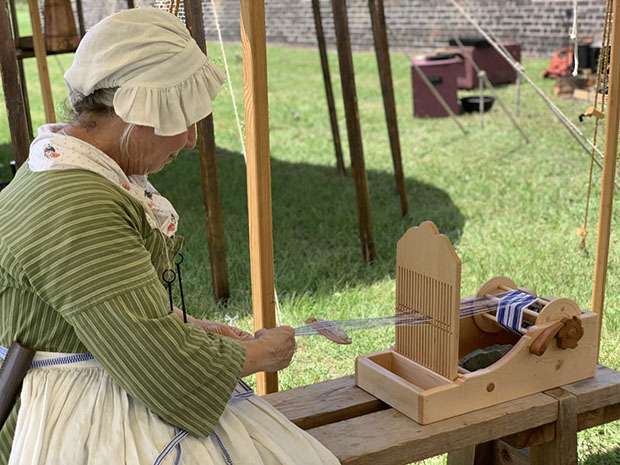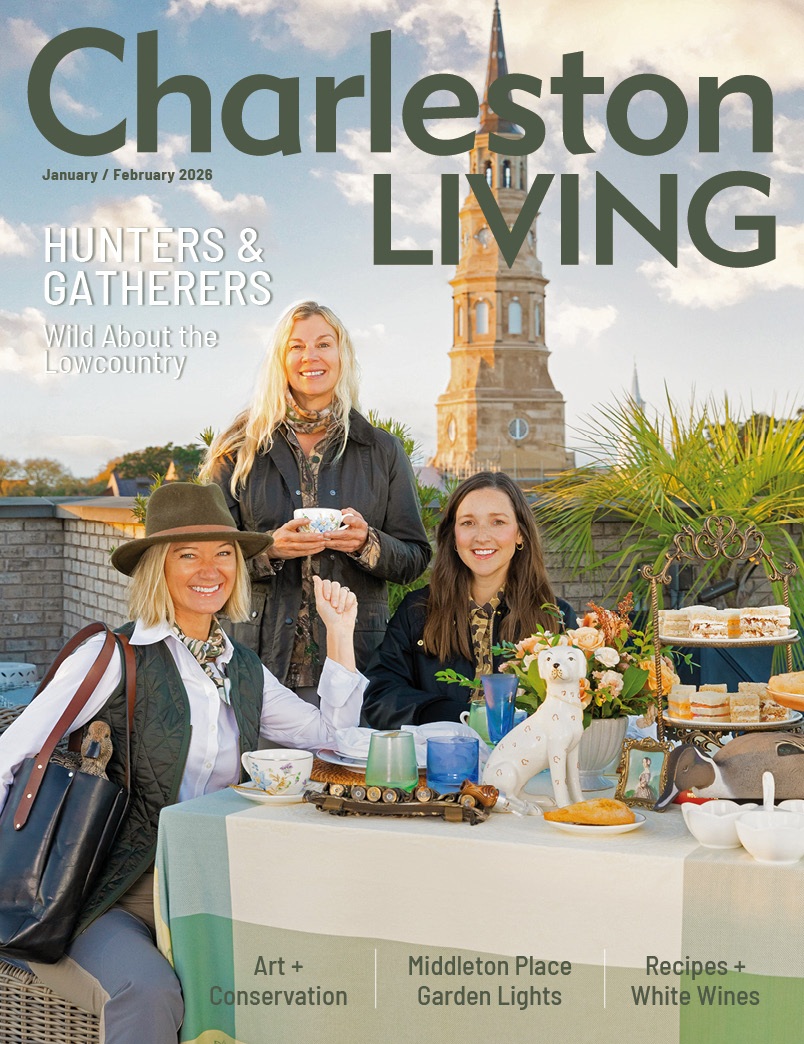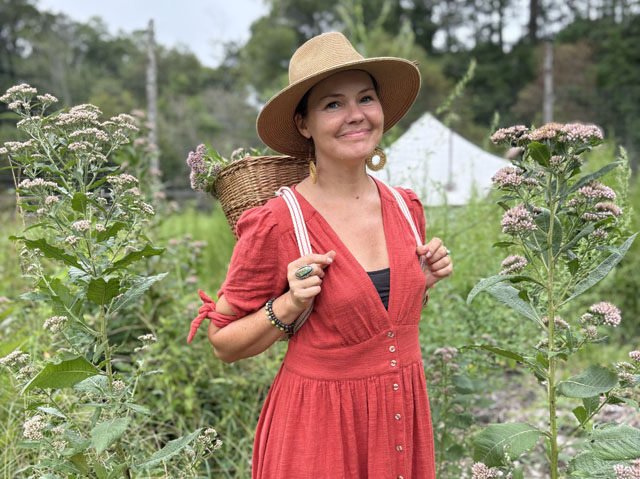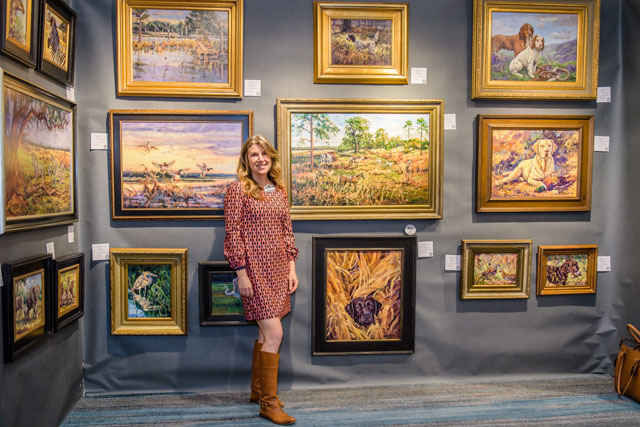Creek by Creek
05 May 2022
Mary Edna Fraser’s pieces blend art with activism
By Liesel Schmidt


Throughout history, artists have created pieces that have moved and captivated us, stirring emotions, inciting movements, speaking messages that even words can not fully express. And while it is, admittedly, incredibly subjective, art is—and always has been—an effective storyteller.
For artist and environmental activist Mary Edna Fraser, the pieces that she creates are a means to telling a story that she is incredibly passionate about: the story of our oceans and coastal communities endangered by the pollution of those oceans.
Over the past 50 years of her career as a professional artist, Fraser has used her work as a platform to start a conversation, to gain attention and bring awareness to an increasing danger of which so many are still unaware.
Aerial and satellite photography, maps and charts are translated into her work.
“Whether I’m photographing the coast from the open cockpit of my family’s vintage plane or painting plein air in the backwoods of national parks, each adventure is distilled into a moment of visual poetry in my studio,” she says.
Her path to becoming a known artist was hardly a direct one, as Fraser first spent time playing music as a roving folk singer, making flower arrangements and driving a delivery truck for a florist shop, and running a gallery in Hilton Head before landing on her true calling with a paintbrush. But even that was, perhaps, a happy accident.
“I was attending Arrowmont School of Crafts in Tennessee, and there was a nun, Sister Remu, who taught batik,” Fraser recalls. “She told me I had a talent for the artform, and nuns don’t lie.”
Having previously studied clothing and textiles at East Carolina University, Fraser’s time at Arrowmont, combined with time studying under other artists, imbued her with passion for batik that soon became her forte, a medium that she could use to tell her stories and create pieces that convey her passionate views.
Still, there is a simplicity to what she loves about art: “It consumes you and makes you happy,” says Fraser, who lives on the James Island Creek in James Island and works out of her home studio.
As happy as creating her pieces makes her, Fraser recognizes the deeper purpose behind art. There is an all-consuming quality to her work, a depth that goes beyond what is there at first glance.
Known for her merging of batiks and landscape oils, Fraser’s commitment to art and environmental conservation has led to collaborations with ceramic artist and found object sculptor Jeff Kopish to create exhibits that, while incredibly artful, are also evocative and something of a call to action.
Both artists’ works—along with their message of ecological concerns—is being presented at Charleston’s City Gallery in partnership with The Charleston Waterkeeper, Coastal Conservation League and the South Carolina Environmental Law Project.
Their goal with the exhibition, called “Creek by Creek,” is to edify the public on environmental issues through art rather than lecture, and to offer a reminder of the effects that seemingly inconsequential actions have on the environment—most specifically the endangered African American communities of Cainhoy and Phillips, the Beidler Forest Audubon Center and Sanctuary, Captain Sam’s Spit, Crab Bank, the Great Pee Dee River, Hobcaw Barony, Shem Creek and James Island Creek. The exhibit will be on display through May 8 at 34 Prioleau St.
Joining the collection of Fraser’s batiks on silk and oil paintings of the South Carolina coastline and delicate inland creeks, and Kopish’s pieces, which incorporate everything from recycled plastic to salvaged trash, the exhibit features a joint work by both Fraser and Kopish emphasizing the dangers of plastic pollution as well as other areas of coastal alarm.
Batik on silk, Fraser’s signature medium for the past 25 years, is her method of conveyance for messages of planet conservation and stewardship. Her large-scale oils have joined the battle cry and her pieces make their impact through their scale, design and vibrant use of color—all of which combine to make them impressively dynamic and hard to ignore.
Fraser’s art has supported the efforts of Charleston Waterkeeper, Coastal Conservation League, Water Missions International, The Nature Conservancy, Sierra Club and Environmental Defense Fund. Her blog, Delete Apathy, is a voice of activism that extends from local to global environmental concerns.
Fraser has lectured around the world and been hosted at the National Academy of Sciences, Duke University Museum of Art, and the National Science Foundation.
“Conveying breathtaking perspectives of space, earth and deep sea is my life’s work, developed with leading experts in the fields of planetary science, coastal geology and oceanography,” says Fraser. “From five-story draped silk sculptures to intimate oils, the expansive interplay of vistas become meditative prayers for the planet.”
Mary Edna Fraser’s work can be seen by appointment at her James Island studio. An upcoming exhibit will be held at the Aiken-Rhett House Museum this fall. For more information, visit www.maryedna.com.












